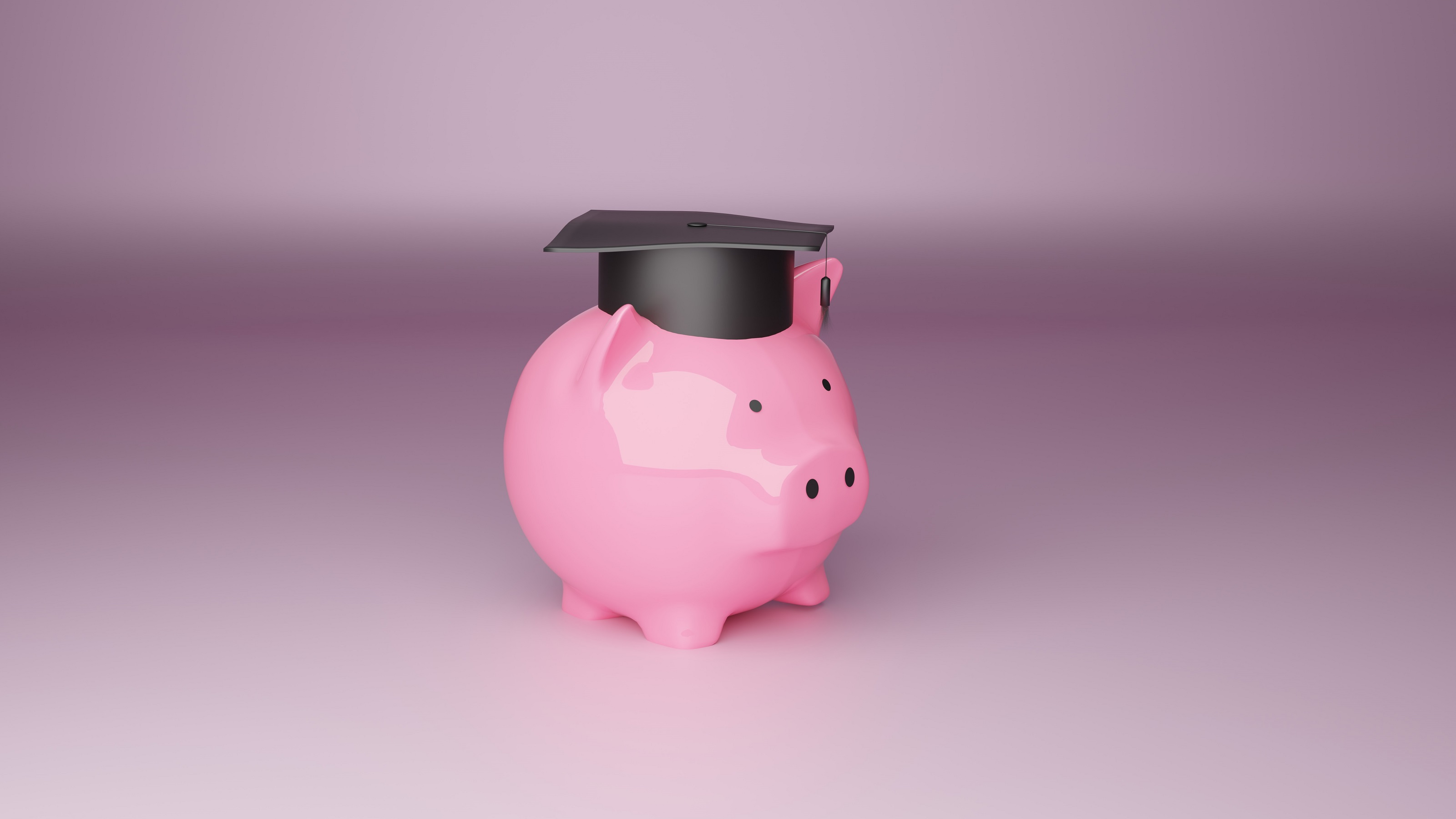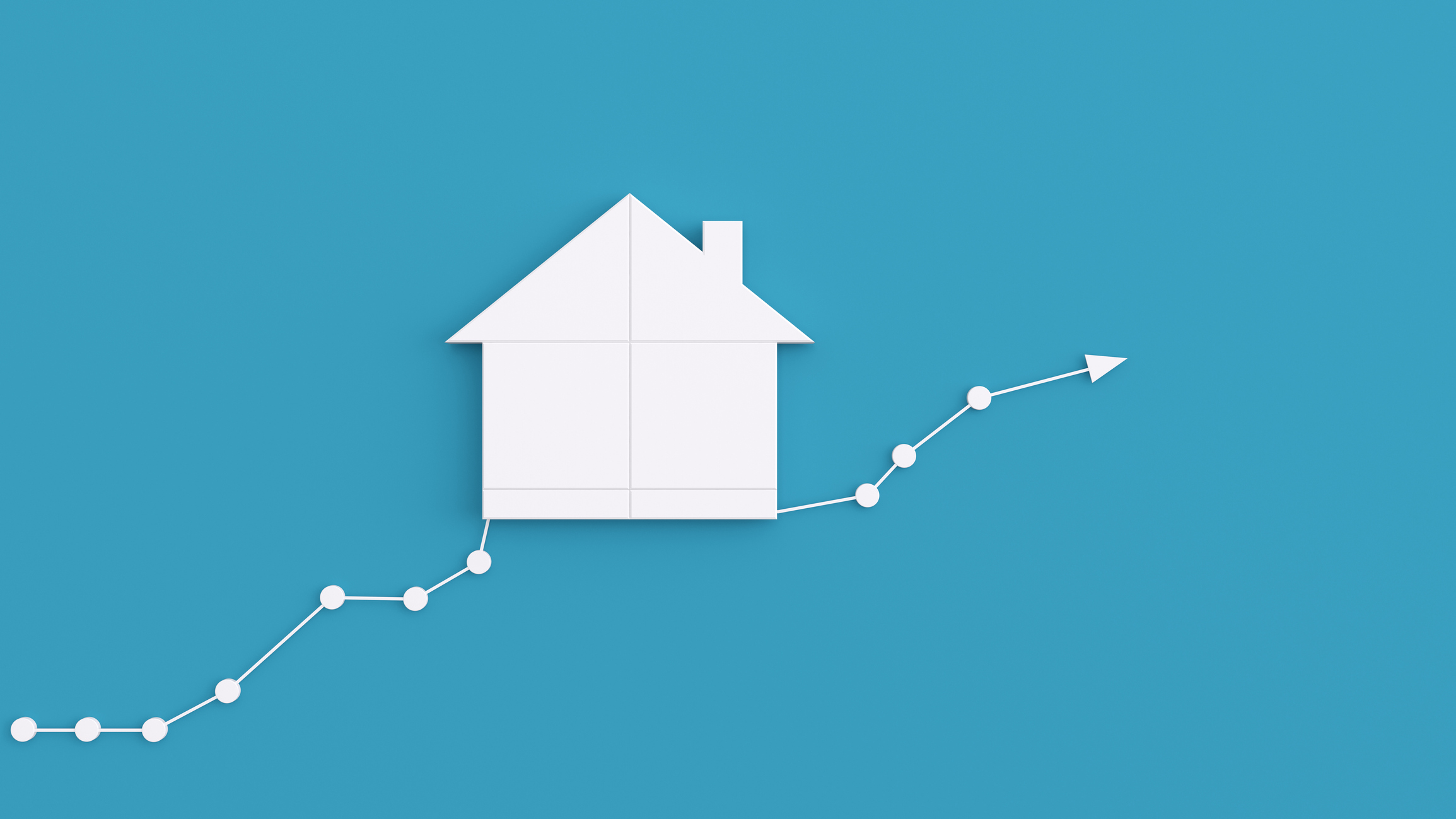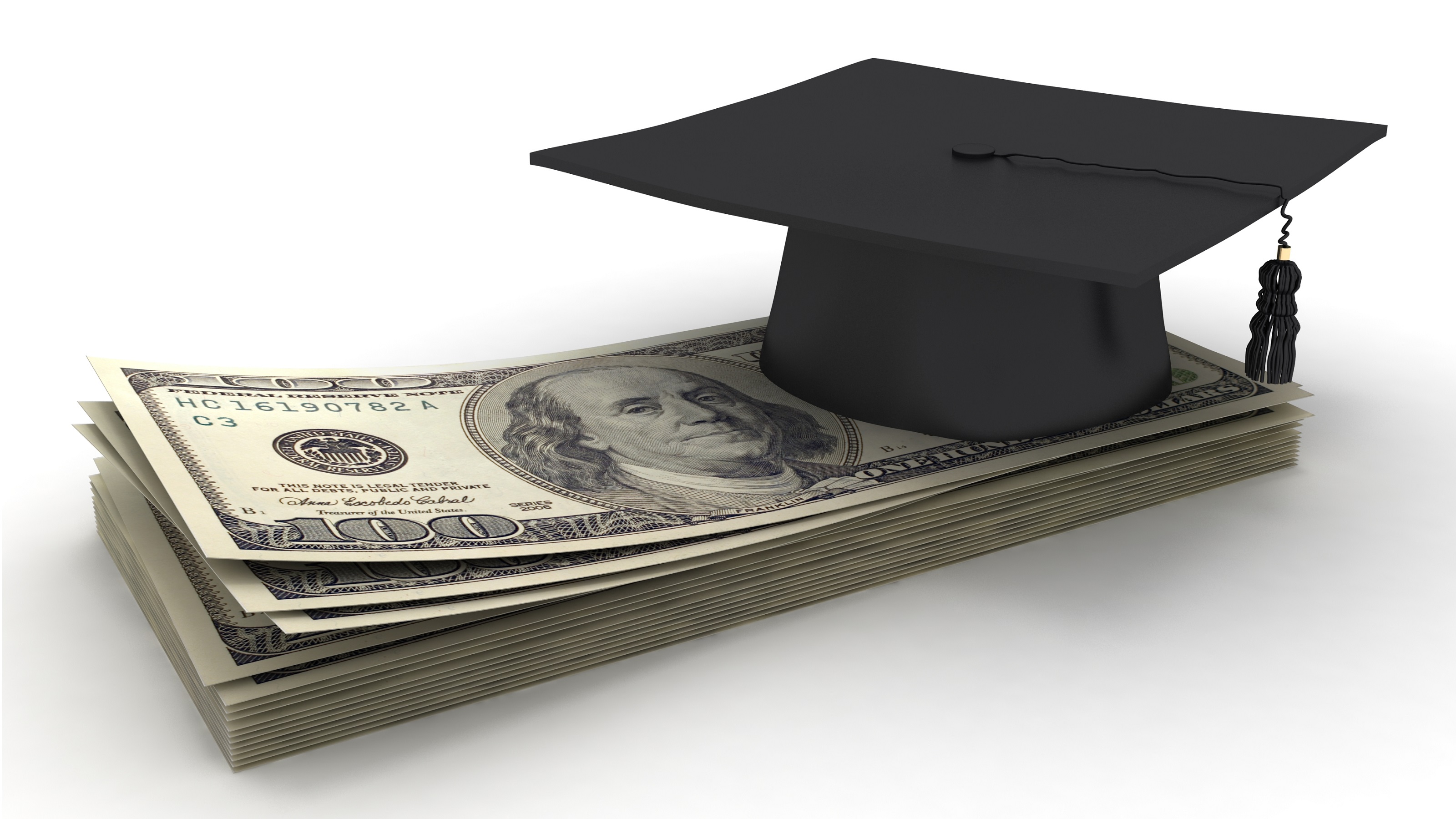PLUS Loans (for Parents)
These loans are made to parents based on creditworthiness, not need.
Unlike Stafford loans, federal PLUS loans are made to parents and aren't part of the family's financial-aid package. (PLUS stands for Parent Loans for Undergraduate Students). Under this federal program, parents can borrow up to the full cost of attendance at a college, minus any other financial aid the family is eligible for. A family that qualifies for $5,000 in aid at a $20,000 college, for instance, could use a PLUS loan to finance all or part of its $15,000 expected family contribution. Parents are eligible based on their creditworthiness, not financial need, however, and you need not have applied for aid to get a PLUS loan.
As with Stafford loans, there are two parallel PLUS-loan programs. Depending on the school your child attends, you may be borrowing from the federal government under the Federal Direct PLUS-loan program or from a private lender under the Family Federal Education Loan program. Either way, the interest rate is equal to the 91-day Treasury-bill rate plus 3.1 percentage points, but can be no more than 9%. The rate is adjusted every July 1. There's an up-front fee of up to 4% to cover origination and insurance.
Pick a lender
If your school participates in the Federal Direct Student Loan Program, you can get a PLUS loan from the federal government by filling out a Direct PLUS Loan Application and Promissory Note, available from the school's financial-aid office. If approved (you must have a clean credit history, or have a co-signer), the U.S. Department of Education will send the money directly to your school.

Sign up for Kiplinger’s Free E-Newsletters
Profit and prosper with the best of expert advice on investing, taxes, retirement, personal finance and more - straight to your e-mail.
Profit and prosper with the best of expert advice - straight to your e-mail.
If the loan amount exceeds what you owe the school directly for tuition, room and board, and other fees, you'll get a check for the balance, to be used toward books, transportation and other out-of-pocket educational expenses.
If your school doesn't participate in the Federal Direct program, you can apply for your loan directly with a bank or other lender. As with Stafford loans, you can use your favorite local bank or credit union, or ask the financial-aid office or your state's higher education agency to direct you to lenders that make PLUS loans. In addition to checking your credit, most private lenders will assess your ability to repay, and can turn you down if you already have significant debt. Once you're approved for a loan, the money is usually disbursed directly to the school.
Repaying the loan
You begin repaying a PLUS loan 60 days after the lender pays the school, and you can choose to make full payments from the start or interest-only payments during the college years. The loan term depends on how much you borrow, but ten years is typical. You may be able to extend the loan term to as long as 30 years under the Extended Repayment Plan or Graduated Repayment Plan. But those options will cost you a bundle in additional interest.

Private Loans

Get Kiplinger Today newsletter — free
Profit and prosper with the best of Kiplinger's advice on investing, taxes, retirement, personal finance and much more. Delivered daily. Enter your email in the box and click Sign Me Up.
-
 Should You Do A Roth IRA Conversion? Nine Things to Consider
Should You Do A Roth IRA Conversion? Nine Things to ConsiderThe Tax Letter Thinking of converting a traditional IRA to a Roth IRA? The Kiplinger Tax Letter Editor highlights nine factors you should consider before making a move.
By Joy Taylor
-
 33 Stocks That Could Rally 50% or More This Year
33 Stocks That Could Rally 50% or More This YearAnalysts say these S&P 500 stocks have at least 50% price upside over the next year or so.
By Dan Burrows
-
 What To Know if You’re in the Market for a New Car This Year
What To Know if You’re in the Market for a New Car This YearThe Kiplinger Letter Buying a new car will get a little easier, but don’t expect many deals.
By David Payne
-
 How Intrafamily Loans Can Bridge the Education Funding Gap
How Intrafamily Loans Can Bridge the Education Funding GapTo avoid triggering federal gift taxes, a family member can lend a student money for education at IRS-set interest rates. Here's what to keep in mind.
By Denise McClain, JD, CPA
-
 How an Irrevocable Trust Could Pay for Education
How an Irrevocable Trust Could Pay for EducationAn education trust can be set up for one person or multiple people, and the trust maker decides how the money should be used and at what age.
By Denise McClain, JD, CPA
-
 Will Lower Mortgage Rates Bring Relief to the Housing Market?
Will Lower Mortgage Rates Bring Relief to the Housing Market?The Kiplinger Letter As mortgage rates slowly come down here's what to expect in the housing market over the next year or so.
By Rodrigo Sermeño
-
 UTMA: A Flexible Alternative for Education Expenses and More
UTMA: A Flexible Alternative for Education Expenses and MoreThis custodial account can be used to pay for anything once the beneficiary is considered an adult in their state. There are some considerations, though.
By Denise McClain, JD, CPA
-
 Coverdell Education Savings Accounts: A Deep Dive
Coverdell Education Savings Accounts: A Deep DiveWhile there are some limitations on income and contributions, as well as other restrictions, a Coverdell can be a bit more flexible than a 529 plan.
By Denise McClain, JD, CPA
-
 529 Plans: A Powerful Way to Tackle Rising Education Costs
529 Plans: A Powerful Way to Tackle Rising Education CostsContributions to 529 plans grow tax-free and are not taxed when they are used to pay for qualified educational expenses for the beneficiary.
By Denise McClain, JD, CPA
-
 Car Prices Are Finally Coming Down
Car Prices Are Finally Coming DownThe Kiplinger Letter For the first time in years, it may be possible to snag a good deal on a new car.
By David Payne